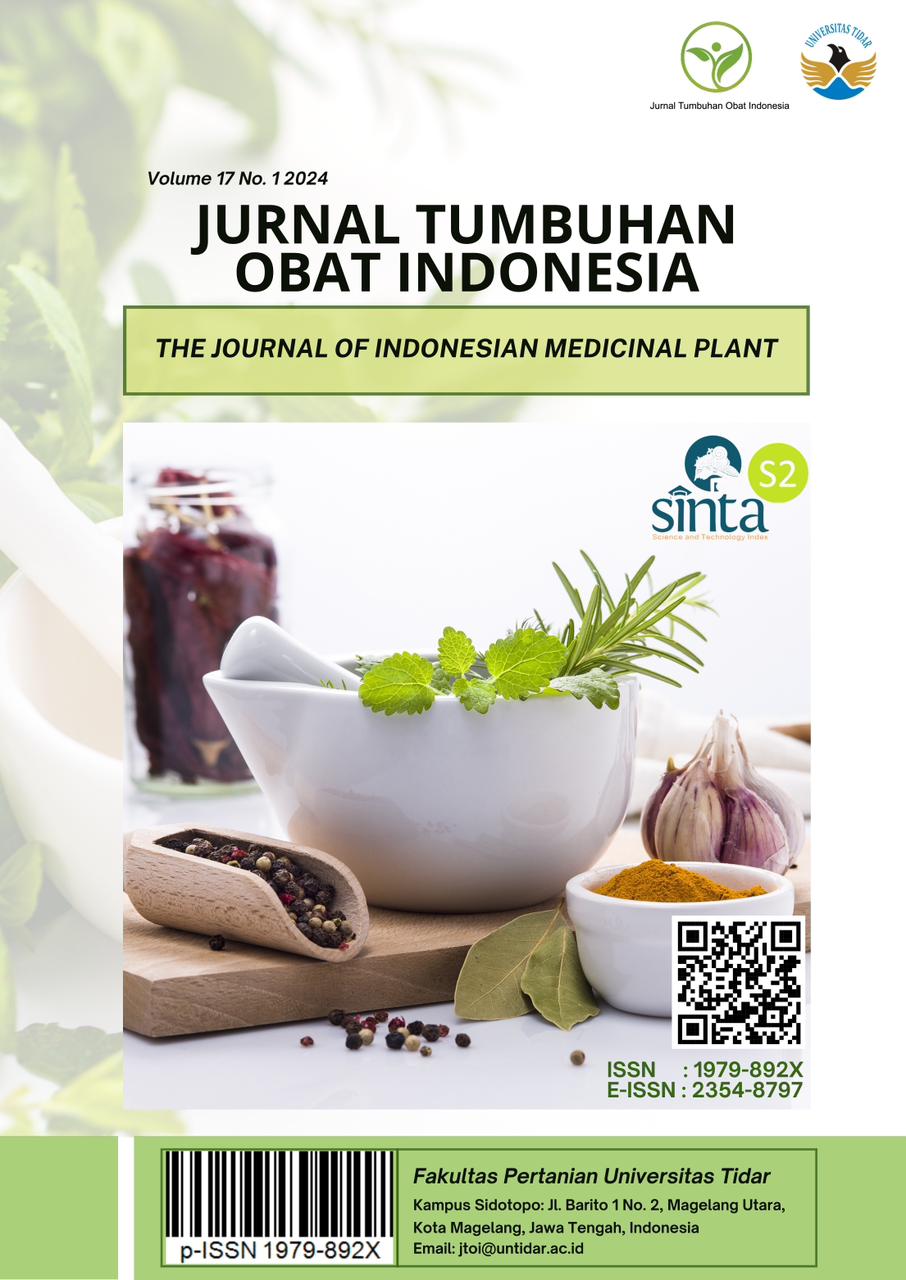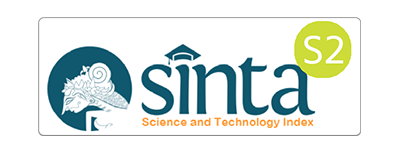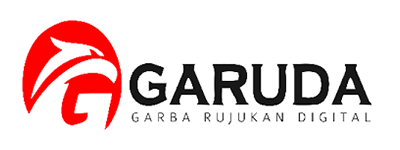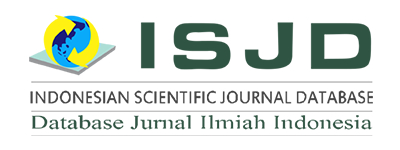Increasing Artemisinin Content on Artemisia Plants Through Endophytic Bacteria Inoculation as An Effort to Support the Availability of Malaria Drugs
Peningkatan Kandungan Artemisinin pada Tanaman Artemisia Melalui Inokulasi Bakteri Endofit Sebagai Upaya Mendukung Ketersediaan Obat Malaria
DOI:
https://doi.org/10.31002/jtoi.v17i1.1155Keywords:
Artemisia annua L., endophytic bacteria, malariaAbstract
In 2020, malaria cases worldwide increased from 219 million cases to 241 million cases with 627 thousand deaths. This creates problems in terms of the availability of malaria drugs. In addition, resistance to Plasmodium sp. against the commonly used malaria drug chloroquine is another problem. Therefore, in the treatment of malaria, combination-based treatment with artemisinin is highly recommended. However, there are obstacles in the production of artemisinin because its content in plants is relatively low. Therefore, this research aims to increase artemisinin content using endophytic bacteria. The method used is a factorial design with 2 factors, namely Accessions (Green & Purple) and endophytic bacteria concentration (0%, 1%, and 2%). Endophytic bacteria isolated from artemisinin plants were first cultured in a nutrient-rich medium to increase their population. Then, they were inoculated by spraying them twice a week for two months with each accession in each treatment combination. The results showed that inoculation with endophytic bacteria had the best concentration in increasing artemisinin content, namely 1% in green and purple Artemisia accessions. Artemisinin inoculation of 1% was able to increase artemisinin by 27.85% compared to control plants in green Artemisia and purple Artemisia accessions with an increase of 32.89% compared to control plants. The best concentration of endophytic bacteria in increasing artemisinin content is 1%.
Downloads









